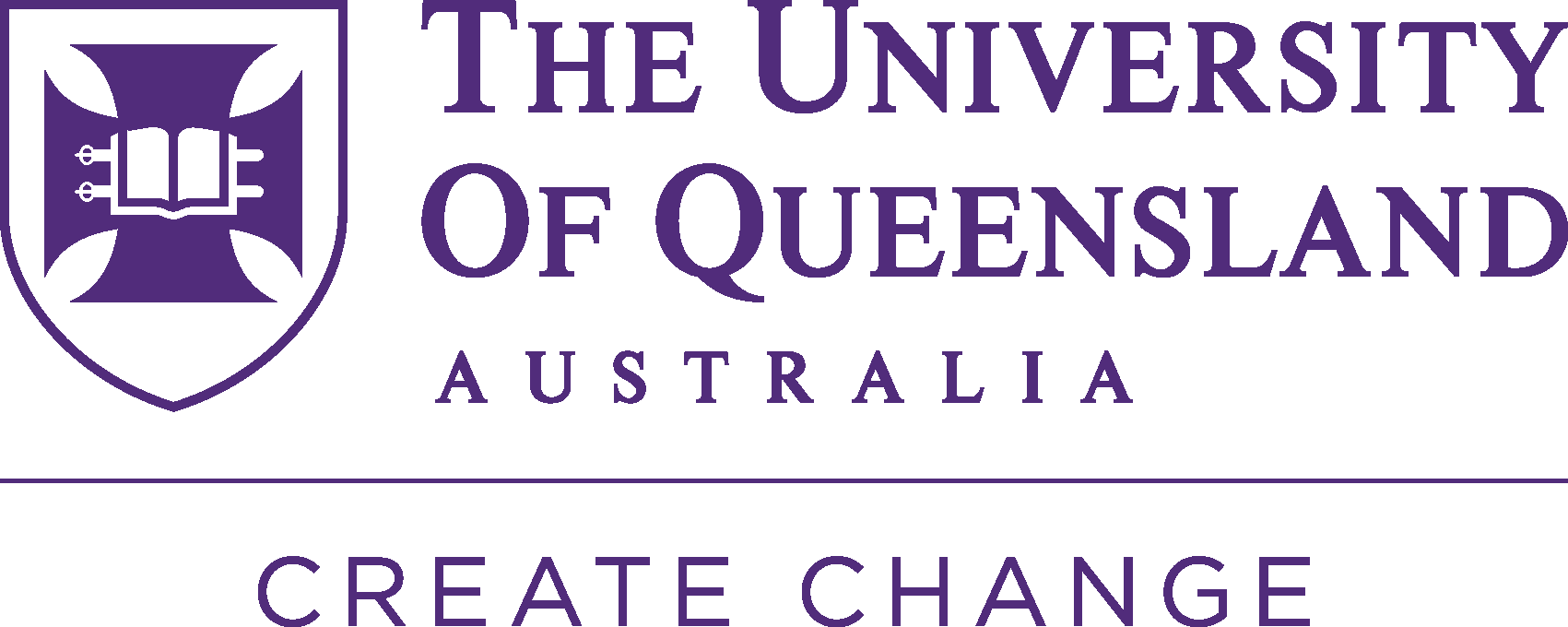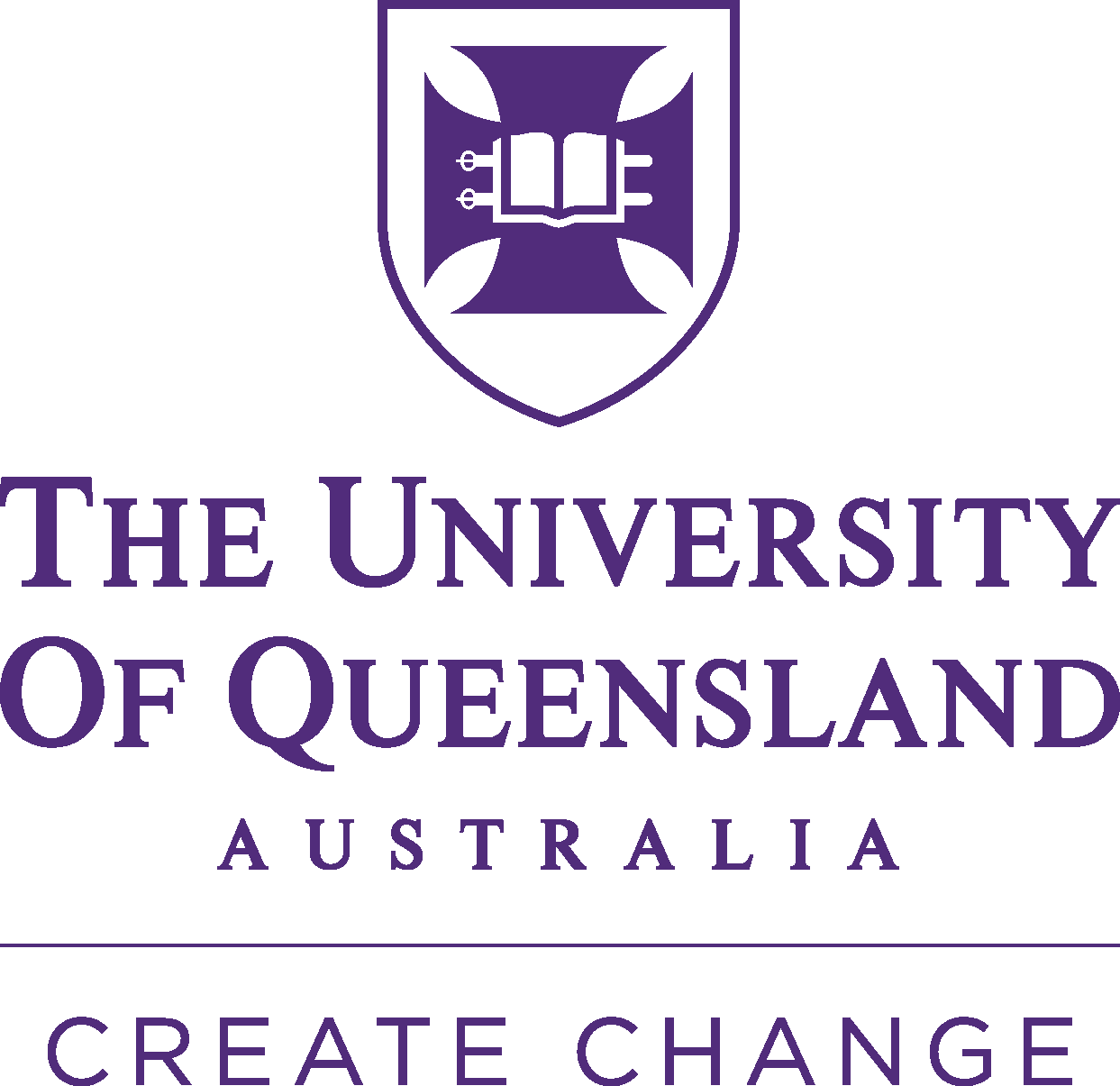Scaling Solar: How Richer Data Integrates Renewables to the Grid
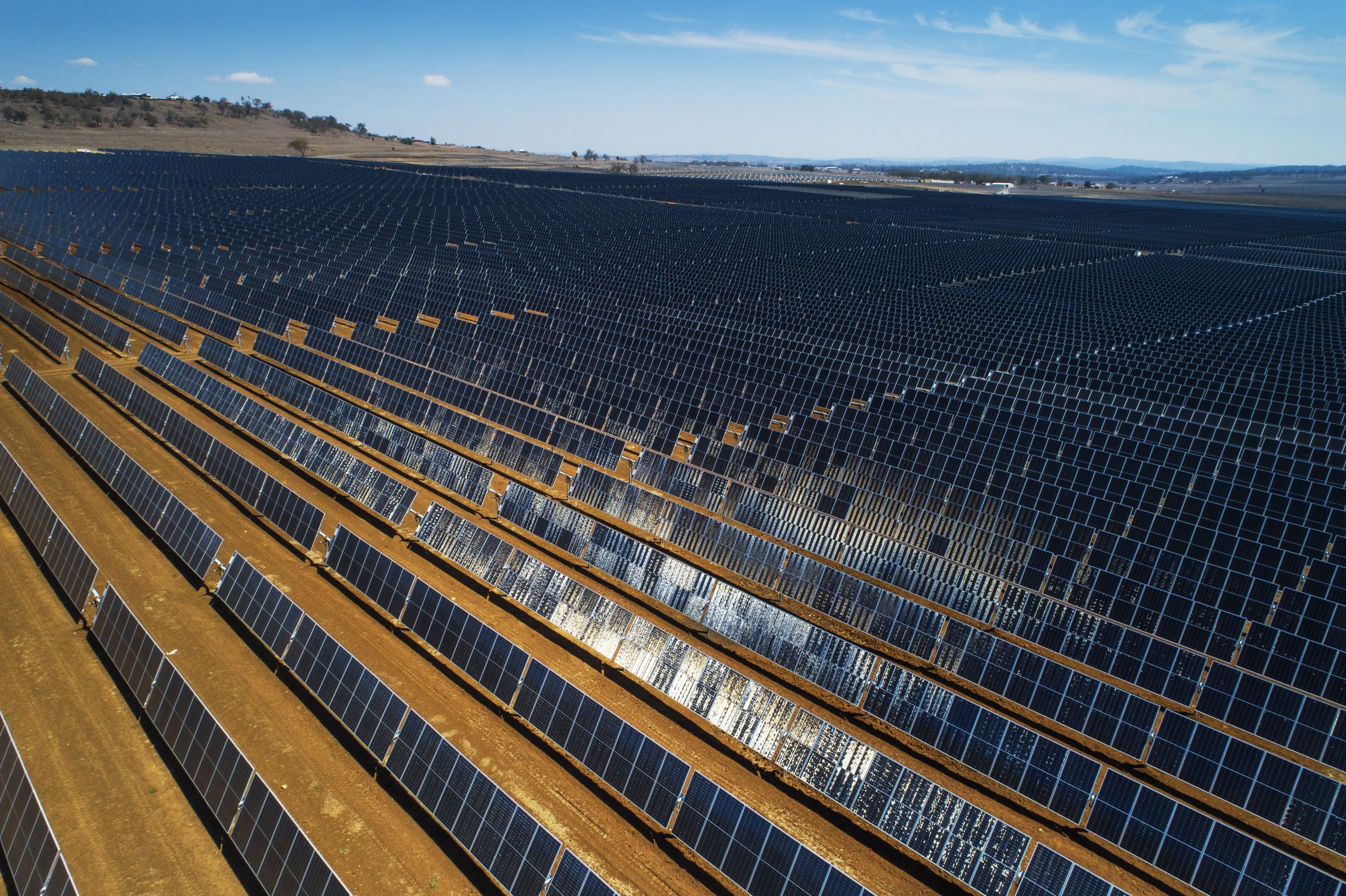
The global energy mix is shifting towards low carbon power, at long last. Critical technologies, such as wind turbines and solar panels, are quickly improving both in performance and cost dynamics. Thanks to improvements in battery storage, wind and solar alone will power half of the global grid by 2050.
But innovations in energy production and storage are only half the challenge to decarbonization. We also need to integrate these into the grid. Our utilities were built for a fossil-fuel era when energy flowed unidirectionally, from power stations to consumers. Network companies and operators needed to keep the overall flow of energy in a safe range. Today, energy is coming from more sources and flowing in multiple directions. Rooftop solar panels and community wind turbines, for instance, have turned once-passive consumers of energy — households, as well as businesses — into producers who can even sell excess power back to the grid.
This can reduce energy bills and lower demand on the grid as a whole, but it can also compromise the stability and safety of the transmission infrastructure. In the old system, components used to regulate voltage monitored only the overall magnitude of energy, not its direction of travel. Now, utility companies are struggling to deal with ‘reverse power flow’, which can cause voltage violations, equipment damage, and tripping.
One engineering consultancy described this as the primary barrier on expanding the integration of solar photovoltaics. If energy companies cannot map energy flows at a micro-level, they are forced to be conservative in how much power generation capacity they allow consumers to install. This, in turn, constrains the rise of ‘prosumers’ who want to contribute their own energy to the grid and thus stymies the decarbonization effort.
Researchers at The University of Queensland are now equipping Australian network operators with unprecedented network visibility from limited data to allow them to make more informed decisions about new power-producing capacity. Their breakthroughs could have an impact across the world.
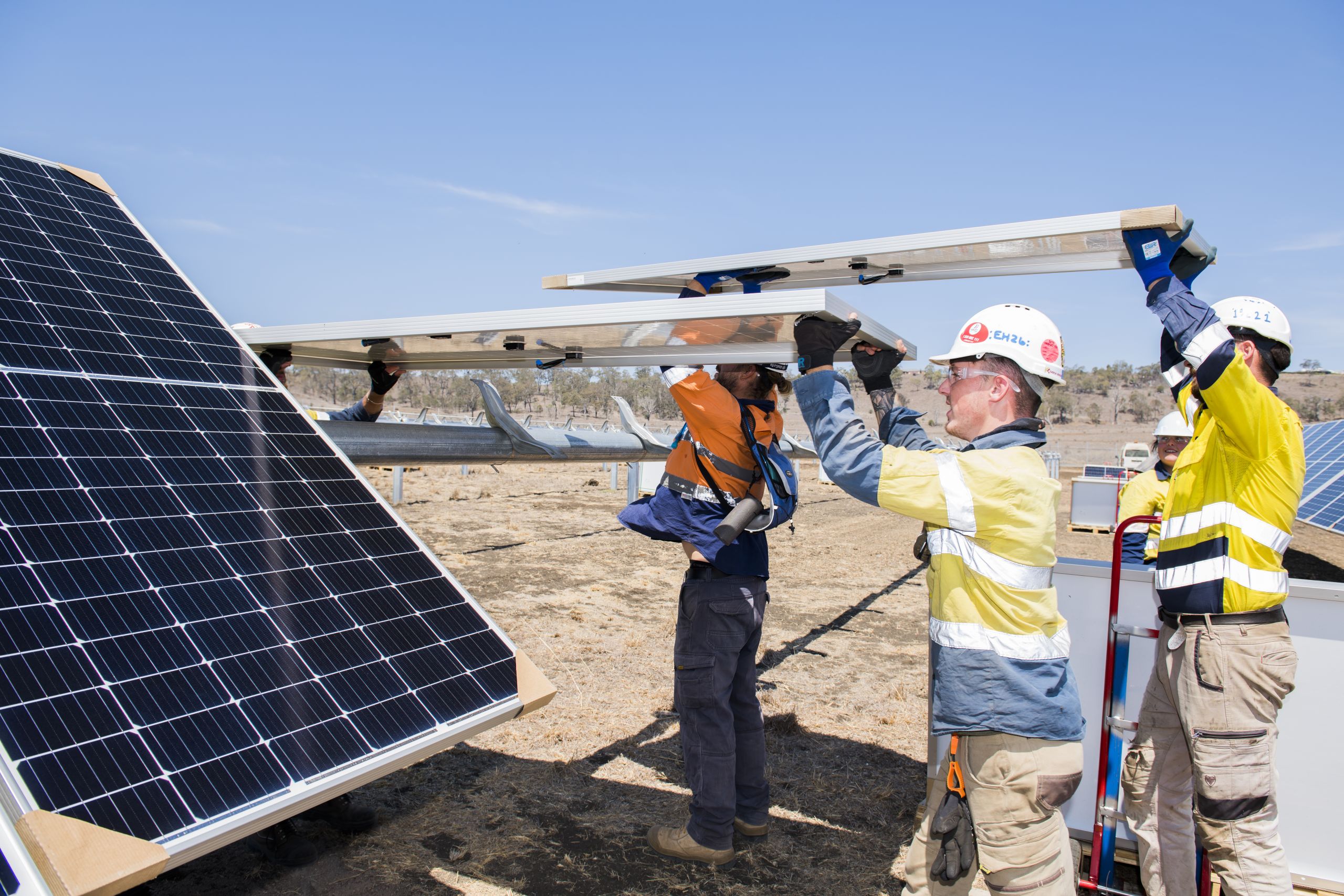
UQ is set to be the first university in the world to generate 100% of its electricity from its own renewable assets.
UQ is set to be the first university in the world to generate 100% of its electricity from its own renewable assets.
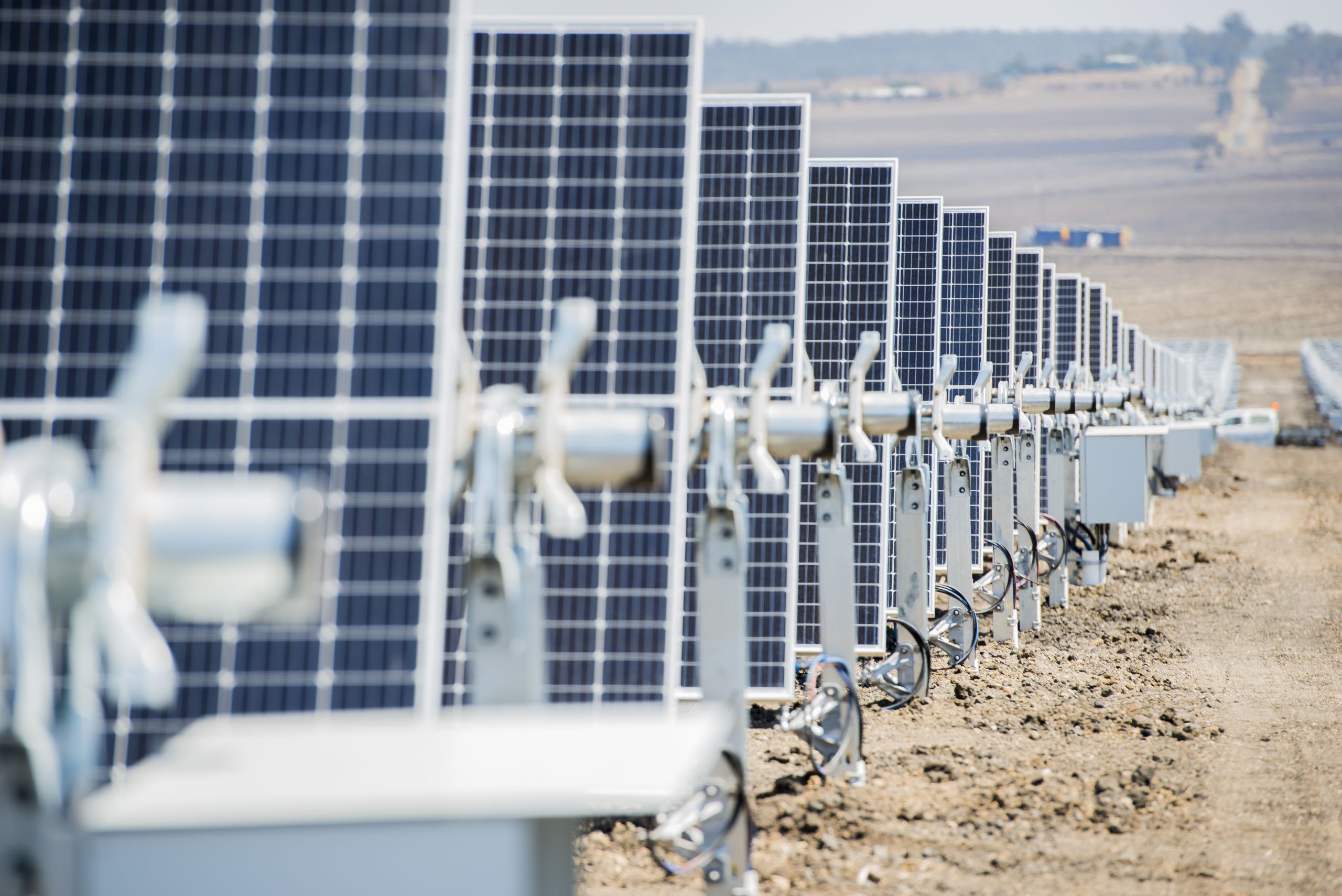
The University of Queensland's new solar farm features 200,000 solar panels.
The University of Queensland's new solar farm features 200,000 solar panels.
The Rise of the ‘Prosumer’
Australia, abundant in sunshine, wind, and hydro resources, has recently become a global front-runner in green-energy transition. In November 2019, the country’s main electricity grid was briefly powered by 50 percent renewable energy for the first time, primarily from rooftop solar (23.7 percent) followed by wind (15.7 percent), large-scale solar (8.8 percent) and hydro (1.9 percent). Renewable power is growing at a per capita rate 10 times the world average, with one in five households turning to solar power to reduce their energy bills. Between 2018 and 2020, Australia will install more than 16 gigawatts of wind and solar. This makes sense for consumers as well as the environment; rooftop solar offers, in effect, a tax-free return on investment of 13.5 percent.
This buildout, while impressive, faces a bottleneck. The operators that manage the grid are not currently able to estimate exactly how much power can be safely injected by these new producers, because their modelling is based on far larger geographical units than individual households or buildings. As a result, they have put in place limits on how many renewable assets can be built and integrated.
“This rapid solar rollout, while positive, puts stress on the network,” observes Olav Krause, senior lecturer in the School of Information Technology and Electrical Engineering at The University of Queensland. “How do we integrate these generation resources at a low cost and without service quality degradation?” In the past, network operators — prioritizing safety and stability — have been conservative in assessing how much energy capacity they allow customers to install, says Krause, such as the size of solar photovoltaic systems or their home batteries. Krause says these restrictions could likely be eased with better data.
“Network operator data has been too macro, focused on predicting peak load scenarios but now, with customers producing their own power, they need to see what’s happening down to the level of the household,” he says. To enable a ‘multidirectional’ power system, they need to look at flows and fluctuations within short time periods and at highly localized scale.
The University of Queensland is already contributing to Australia’s green energy transition as a prosumer itself; it has the largest solar energy-generating capacity of any university in the country, and is set to be the first university in the world to generate 100% of its electricity from its own renewable assets. But it is also contributing vital research to help the Australian grid adapt to the green energy era. That, in turn, could have implications far beyond the country’s shores as other nations grapple with the technical challenges of integration.
Solar Enablement Initiative at UQ.
Solar Enablement Initiative at UQ.
The university’s Solar Enablement Initiative is a $1.9-million initiative to help the energy industry better support customers who want to produce their own power. The research has led to the development of a new estimation tool that better monitors the impacts of rooftop PV — which refers to solar systems on homes, commercial buildings, and industrial facilities — on electricity distribution networks, giving service providers better visibility into operational conditions.
“Our system combines measurement data and statistical information about customer behavior,” says Krause. “This allows for detailed snapshots so that operators can look deep into the system, down to the household level, giving them a better understanding of what the network can do at the level of the day, week, or season.” This, Krause hopes, could prompt them to allow more people to install more renewable assets. “Existing systems which are not allowed to push power back into the network can have their restrictions eased.”
The research, funded by the Australian Renewable Energy Agency and national industry bodies The Australian Power Institute and Energy Networks Australia, is taking place with close industry participation, including network operators Energex, TasNetworks, and United Energy. Krause believes academic-industry collaboration can be mutually beneficial for both parties, with university researchers able to experiment with pilot initiatives that companies can then integrate into their own operations once the proof-of-concept is established. “Network operators have thought about how they could establish this kind of data functionality, but their day-to-day business and resource constraints limit the amount of time they can spend on undertaking this kind of work. Universities have that role — you can try more innovative and experimental things.”
As a testing ground for new ideas, universities are an ideal conduit for innovation-focused government funding that would otherwise be harder to tap for the private sector. “We started with a proof-of-concept and demonstrated it on artificial, small networks, then we came together to try it out at scale,” explains Krause. “As a university, we were eligible for federal funding that would not commonly go to network operators. The government puts in the investment; the network operators put in their support, time and data; and researchers have the creative license.”
Australia enjoys the good fortune of abundant renewable resources and the technical expertise, in engineering and technology, to put them to work on the grid. But the implications of the enablement initiative go far beyond its shores. According to the International Energy Agency, distributed solar PV will increase by 250 percent by 2024, with particularly rapid growth in China, the United States, Australia, and Japan. This could happen faster if cost reductions quicken, as consumer-level adoption is proving rapid once the economics are attractive. Sun-drenched regions with high conventional energy generation costs, such as the Caribbean, are already seeing solar as a cost-effective option. Policy reforms like net-metering, which allow solar producers to be credited for the electricity they add to the grid, would unleash growth dynamics in nascent markets including India, Latin America, and the Caribbean group. Data innovation such as those of the Solar Enablement Initiative can help complete the ‘last mile’ challenge, recalibrating power systems for a distributed energy era.
Find out more about The University of Queensland's solar initiatives here.
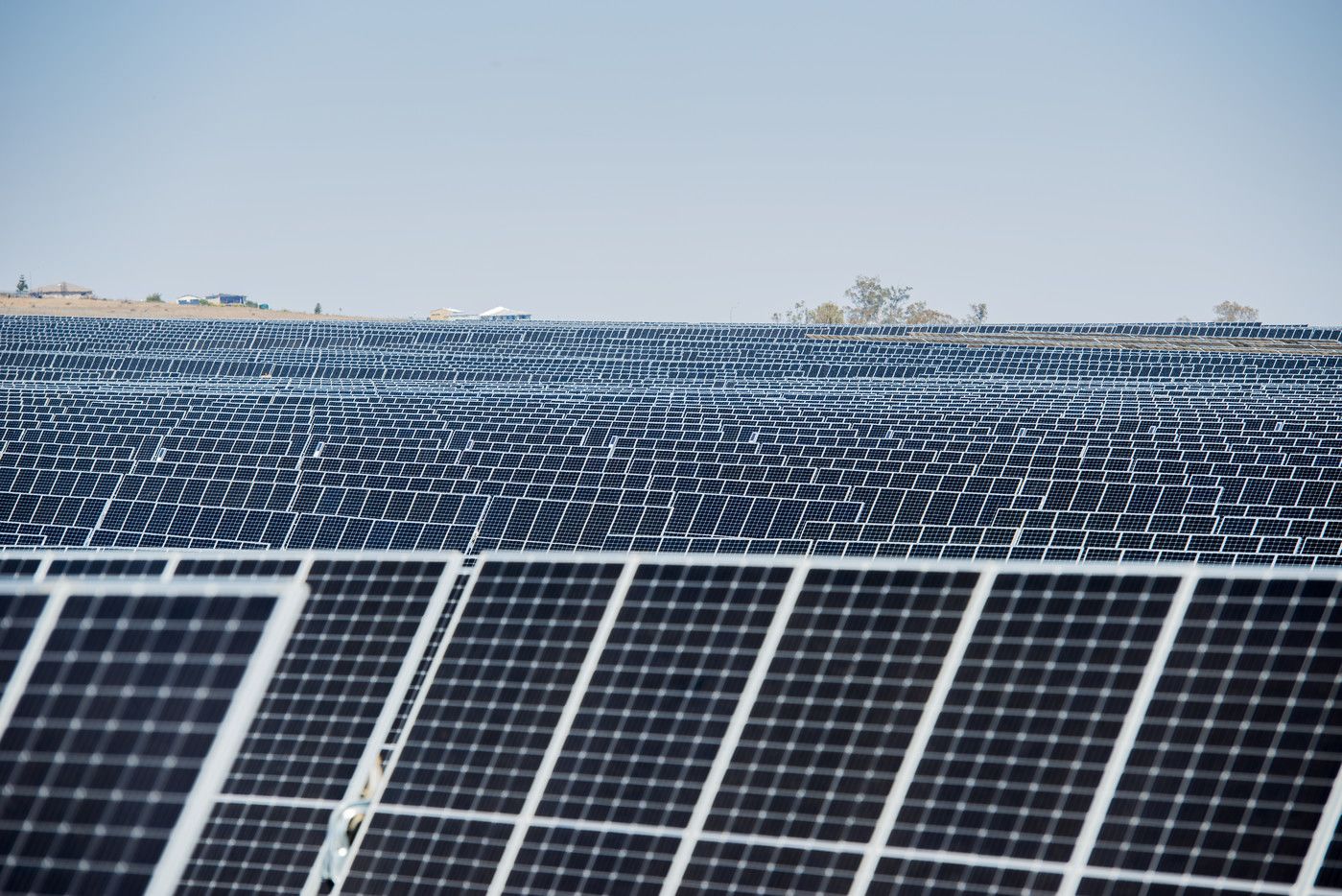
UQ is set to be the first university in the world to generate 100% of its electricity from its own renewable assets.
UQ is set to be the first university in the world to generate 100% of its electricity from its own renewable assets.
